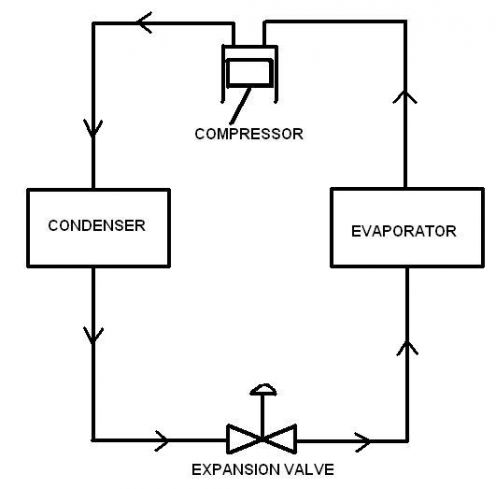Ship refrigeration is one of the most important technologies in the world, and it plays a critical role in keeping food safe and fresh.
How Ship Refrigeration Works
Ship refrigeration is an essential part of maritime transportation. It's responsible for keeping food and other cargo safe and chilled, preventing spoilage, and ensuring the timely delivery of cargo to its destination. Ship refrigeration works by using cold air to keep cargo cool. If you're looking to buy a refrigeration system for your ship you may visit Yachtaid Marine.

Image Source: Google
The main source of refrigerated air on a ship is the evaporator unit. This unit sucks in seawater from the surrounding ocean and purifies it before releasing warm air that is then cooled by the ship's climate control system. The purified air is then pumped into the ship's ventilation system where it is distributed throughout the ship.
The cooling system on a ship uses several methods to keep cargo cold: direct contact with ice, liquid nitrogen, fans, and absorption through porous materials like wood or plastic crates. All these methods work together to create an effective cooling system for a large ship.
Why It Matters
Refrigeration is a process that removes heat from an environment. It's used in many places, such as warehouses and grocery stores, to keep food cold or frozen. Ship refrigeration works a little bit differently than what you're probably used to.
The ship's refrigerant system uses ammonia gas to cool the air inside the ship. The cooler air helps reduce fuel usage and emissions by keeping the ship's environment at a comfortable temperature. It also saves on energy costs since less energy is needed to keep the ship cool. Why is this important?
When ships are sailing through warm waters, they can release large amounts of pollutants into the atmosphere. Refrigeration reduces these emissions by cooling the air inside the ship.
